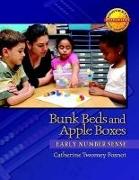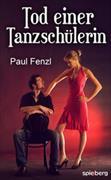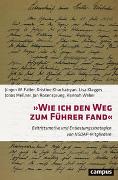Bunk Beds and Apple Boxes
BücherAngebote / Angebote:
Bunk Beds and Apple Boxes: Early Number Senseis one of eight units in the Contexts for Learning Mathematics' Investigating Number Sense, Addition, and Subtraction (K-3) This unit begins with the story of a pajama party-a sleepover during which eight children play, moving up and down bunk beds, teasing the babysitter who imagines she is losing and then gaining children! The unit introduces the arithmetic rack as a powerful model and tool to act out the story. The arithmetic rack is a calculating frame consisting of two rows of ten beads with two sets of fives in each row. (Instructions for creating or buying your own arithmetic racks are included.) The five-structure of this apparatus supports the development of part-whole relations in early number sense. Since five is an amount that can often be perceived as a whole, it can be used to support understanding 6 as 5 + 1, or 4 as 5 - 1. It also supports the strategies of doubles and near doubles, 6 + 7 = 6 + 6 + 1, and making tens, 9 + 6 = 10 + 5. In this unit, children move the beads on the arithmetic rack to illustrate and develop an understanding that eight can be named in many ways, for example as 7 + 1, 5 + 3, or 4 + 4. The unit also includes the game Up and Down the Ladder, and employs the use of quick images (a series of related problems flashed only for seconds) to further develop early number sense. As the unit progresses, the context shifts to an exploration of apple boxes. Children investigate the number of unique combinations for five apples of two kinds, green and red, and record the combinations for a grocer who is confused about how many arrangements there can be. In contrast to the bunk beds investigation in which children can easily imagine someone going up and down the ladder, now they must exchange. That is, instead of moving a counter to another group, the counter must be removed and replaced. This action is more difficult. The recording sheet for the grocer is designed in such a way that a staircase pattern emerges as one red apple is traded for a green apple each time. Boxes holding various numbers of apples (such as six, seven, eight, nine, and ten) are then explored to examine if the staircase pattern will always occur. Data are also collected on the number of possible arrangements for each box: a box of six apples has five possible arrangements, a box of seven has six arrangements, a box of ten has nine arrangements. This supports the development of a systematic way of producing all the possible arrangements and produces another inquiry: Can we predict the number of arrangements if we know the size of the box? The unit ends with the Part-Whole Bingo game. This game can be played throughout the year as a way for children to extend composing and decomposing strategies as they establish equivalence, for example representing 7 as 5 + 2 or as 3 + 4, or even as 2 + 2 + 2 + 1. To learn more visit http: //www.contextsforlearning.com
Folgt in ca. 15 Arbeitstagen




